For many of our readers who grew up in New Orleans between the 1930s and 1980s, 1620 Dumaine Street (between North Claiborne and North Robertson) was the site of the Carr & Llopis Mortuary, but prior to its acquisition by Raoul J. Llopis in 1930, the building had a brief yet interesting history as home to one of the city’s popular social organizations, the Lions Aid and Gymnastic Club.
On Monday, 14 December 1914, twenty-one men gathered in the office of attorney Louis A. Martinet at 328 Exchange Place to incorporate the “Lions Aid and Gymnastic Club.” Formed in 1913, their object and purpose as expressed in their charter was “the cultivation of literature and science, the promotion of physical culture, and encouragement of athletics and gymnastics.” Prior to acquiring a meeting place of its own, the Lions Club met in the double-house at 1716 St. Philip Street.
The enjoyment of its members was not the Lions Club’s only mission. Within ten days of incorporating, the club made a contribution of $3.05 to the Times-Picayune’s Christmas Gift Fund, sometimes known as the ‘Colored’ Doll and Toy Fund. The Lions later became regular contributors to the Christmas Gift Fund and to the Community Chest.
As a testament to the club’s early success, just thirteen months after it was founded, the Lions bought the large single house at 1128 North Claiborne Avenue in January 1916. This property remained the club’s home until September 1923, when it was sold to the Suburban Building & Homestead Association.
The Lions Club was well-known for its smartly-outfitted and well-drilled Uniform Rank, which was under the command of Captain Joseph Jones of the Colored Waifs’ Home. With swords drawn, the Uniform Rank participated in a Draft Registration Parade in September 1918; Armistice Day Parade given by the Louisiana Patriotic American Civic League on 11 November 1924; and a “Flower Parade” and Picnic at the Fairgrounds celebrating the club’s third anniversary in August 1916. On 31 August 1927, the Uniformed Rank participated in a grand reception given by the New Orleans Branch of the Universal Negro Improvement Association (UNIA) in honor of Madame Maymie de Mena, one of its most prominent female leaders, who was born Léonie Turpeau in St. Martinville, Louisiana.
Given the club’s name and object, athletics were popular pursuits among its membership. On 26 September 1921, for example, the Lions played a baseball game against the San Jacinto Club’s team as a benefit for the building of the Saint John Berchmans’ Orphanage. The clubhouse was a stop on a parade held on 29 April 1923 to raise money for the Charity Hospital Building Fund.
In 1923, the Lions bought the large home at 1620 Dumaine Street from the heirs of Anthony Tortorich. They reconfigured the house to accommodate a spacious auditorium, which was the scene of many dances, including a special Easter Ball held in 1925.
Throughout the seventeen-year history of the Lions Club, it had one president and guiding force in the person of Raoul Joseph Llopis. Llopis, born on 10 February 1875 to Joseph Llopis and Marie-Adèle Pitrie, was a pressman and foreman for the Merchants’ Printing Company on Carondelet Street before he entered the mortuary business in 1910. Llopis, like his father before him, was well-versed in the leadership of benevolent and fraternal societies. Like many undertakers, druggists, and physicians, Raoul belonged to twenty-two benevolent associations in addition to being a member of Mount Olive Lodge No. 21, Prince Hall Masons; Diamond Stone Lodge No. 1279, Grand United Order of Odd Fellows; Buchanan Success Lodge No. 35, Knights of Honor; and Crescent City Lodge No. 299, Improved Benevolent and Protective Order of Elks of the World.
Just about two years before Llopis entered the employ of the Boyer & Taylor Company, another young man named Thomas Alexander Carr joined on with the same establishment. Carr, the son of Robert Carr and Caroline Thomas, was born in Orange, Texas in about 1864. He worked as a steward at the New Orleans Lawn Tennis Club before entering the mortuary business.
The Boyer & Taylor Company was begun originally by Pierre Boyer, a native of Pointe Coupée Parish, who in about 1866 started an undertaking business at North Claiborne and St. Philip streets. Boyer later moved to the edge of the French Quarter, where his only son joined him in business until his unfortunate early death. The firm was run by Pierre Boyer’s widowed daughter-in-law, Jane Boyer, who eventually brought in James H. Taylor as partner and President. Following the death of Mr. Taylor in 1908, Thomas A. Carr became president with Raoul J. Llopis serving as Secretary-Treasurer beginning in January 1910. Taylor’s widow, Mrs. Ella Philomene (Stansbury) Taylor (later Livaudais), served as Vice-President of the company.

Avery “Kid” Howard’s Band in front of Carr & Llopis (1946); Hogan Archive of New Orleans Music and New Orleans Jazz, OPH000743A.
In 1917, Thomas A. Carr and Raoul J. Llopis assumed control of the company and renamed it the Carr & Llopis Mortuary Company. They continued to operate at 1309 St. Philip Street until 1930. With the onset of the Great Depression in 1929, many social, fraternal, and benevolent organizations found their members without the income to afford their dues and assessments. In 1930, Raoul Llopis purchased the property at 1620 Dumaine Street from the Lions Aid and Gymnastics Club and by the end of the year, had begun conducting services from the new Carr & Llopis Mortuary.
Thomas Alexander Carr died on 17 July 1933. He was laid in state in his business, prior to his funeral in Holy Ghost Church and interment in Lafayette Cemetery No. 2. Mr. Carr and his wife, Octavia (Carter) Carr who predeceased him, had no children. Raoul Joseph Llopis continued to operate the business until he died on 9 August 1935. He was likewise buried from the mortuary, with the religious service taking place at Saint James African Methodist Episcopal Church. He was interred in Mount Olivet Cemetery. He was survived by his second wife, Geneva Llopis; and his four children: Nemea Marguerite Richardson; Alice Marie Justin; Leona Eugenie Perez; and George Joseph Llopis, Sr. George Llopis began working at the Blandin Undertaking Company, where he was manager until he retired in 1965.
The Carr & Llopis Mortuary Company continued under Raoul’s widow, Mrs. Geneva Llopis (who became a licensed funeral director); his brother, Emanuel Francisco Llopis; and grandson, Theodore Arthur Justin. In the 1940s, Mr. Lambert Charles Boissiere, Sr. rose to the presidency of the firm, assisted by Mr. Latteel Stanley, Sr. Boissiere was a native of New Orleans and a graduate of McDonogh 35 High School and the Mortuary School of Chicago. Stanley was a native of East Feliciana Parish, who worked as a butler in the St. Charles Avenue home of Mr. Harry T. Howard, Jr., before entering the mortuary business.
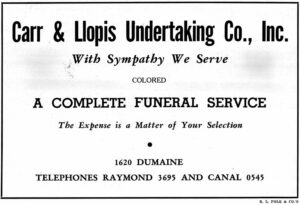
Advertisement for Carr & Llopis Undertaking Company (“Colored”) from Polk’s 1954 City Directory (Buyer’s Guide, p. 98)
In January 1969, the corporate name was changed to Carr, Llopis, and Boissiere Mortuary Company. The funeral home continued to operate from 1620 Dumaine Street until 1989, the year that Mr. Lambert Boissiere, Sr. died. In November 1991, while serving as the Hermitage Manor nursing home, the building was destroyed by fire. In 1989, Carr, Llopis and Boissiere (under the leadership of second-generation funeral director Renard Boissiere, Sr.) entered a joint venture agreement with the Emile Labat Funeral Home, becoming Boissiere-Arceneaux-Labat and later Boissiere-Labat, at 1703 North Claiborne Avenue near Annette Street. At present, the site at 1620 Dumaine Street is home to a newly-built large single-family home, just as it was at the start of the 20th century. Rather than a social club or even mortuary, this private home may very well soon become a short-term rental property – a sign of the times.
|
Charter Members of the Lions Aids and Gymnastic Club (incorporated 14 December 1914) |
||
| Raoul J. Llopis | 824 North Roman Street | President |
| John Douglas | 1811 St. Ann Street | Vice-President |
| Louis J. Benjamin | 1503 St. Philip Street | Recording Secretary |
| Donald C. Boguille | 1023 North Robertson Street | Financial Secretary |
| Clarence B. Lopez | 1623 St. Ann Street | Assistant Secretary |
| Antoine St. Leger | 1720 St. Philip Street | Treasurer |
| Warren Edwards | 1521 Orleans Avenue | Finance Committee Chairman |
| Alexander J. Bigard | 1726 North Villere Street | |
| Jerry C. Thomas | 2212 Second Street | |
| Robert L. Adams | 1226 Howard Street | |
| Ferdinand J. Ratleff | 906 North Villere Street | |
| Lewis Bridges | 1525 First Street | |
| George A. Simon | 2238 St. Peter Street | |
| Gustave McKay | 731 North Miro Street | |
| Joseph L. Despinasse | 1218 St. Ann Street | |
| Wilfred Herbert | 1322 Orleans Avenue | |
| Oliver L. Newgass | 1022 North Villere Street | |
| Bougier Lafargue | 1029 Dumaine Street | |
| Edward A. Jones | 1568 North Derbigny Street | |
| George E. Cuiellette | 1219 North Roman Street | |
| Louis J. Foster | 1233 North Liberty Street | |
| Albert Barthelemy | 2219 St. Philip Street | |
Sources: Acts of Louis A. Martinet Volume 7, Act 44, 14 December 1914, New Orleans Notarial Archives; The Times-Picayune (New Orleans), 30 July 1916, p, 13; 24 December 1914, p. 7; The New Orleans Item, 26 March 1925, p. 20; 9 September 1918, p. 11; 30 April 1923, p. 3; 10 November 1924, p. 14; The Item-Tribune (New Orleans), 6 February 1927, p. 4; 11 August 1935, p. 2; The Daily States (New Orleans), 25 September 1921, p. 4; Negro World, 17 September 1927, p. 6; Woods Directory (New Orleans: Allen T. Woods, 1912); Crescent City Pictorial (New Orleans: O.C.W. Taylor, 1925), Tulane University Digital Library (original housed in Amistad Research Center).
Jari C. Honora
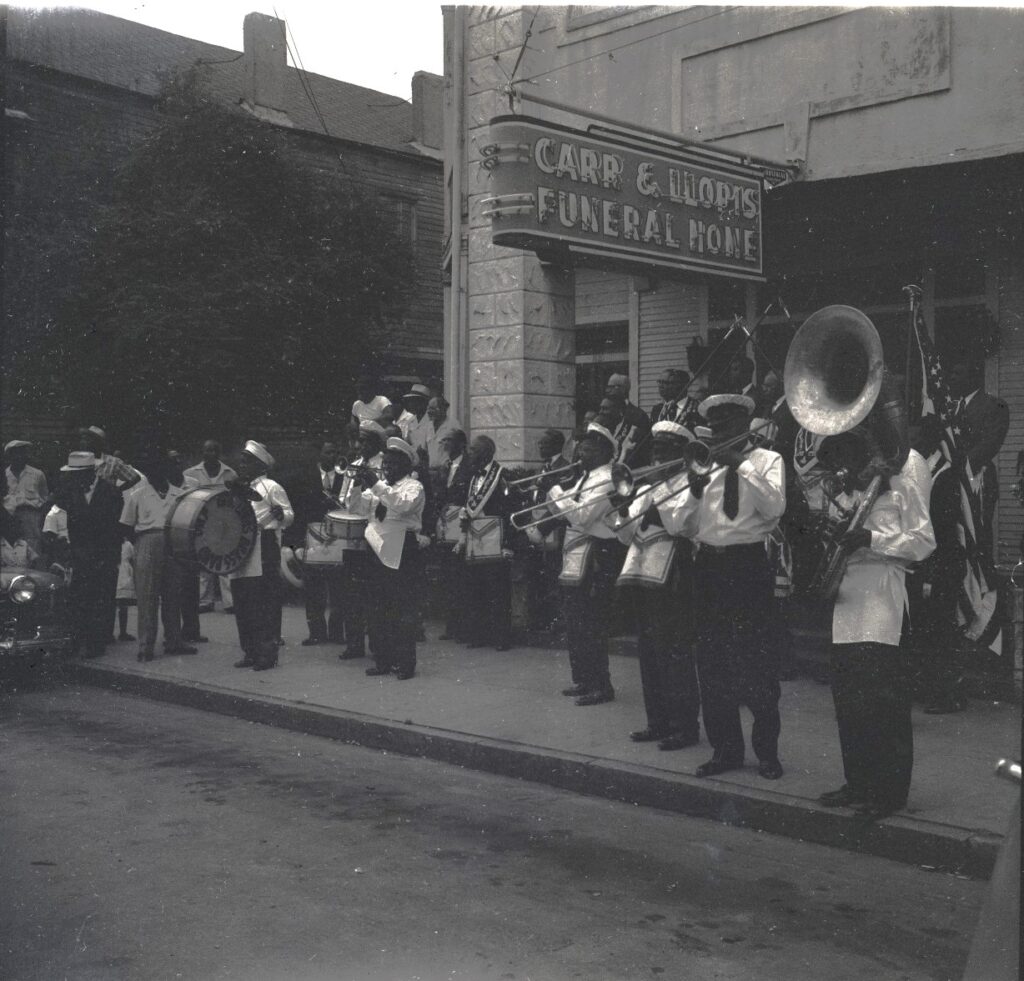
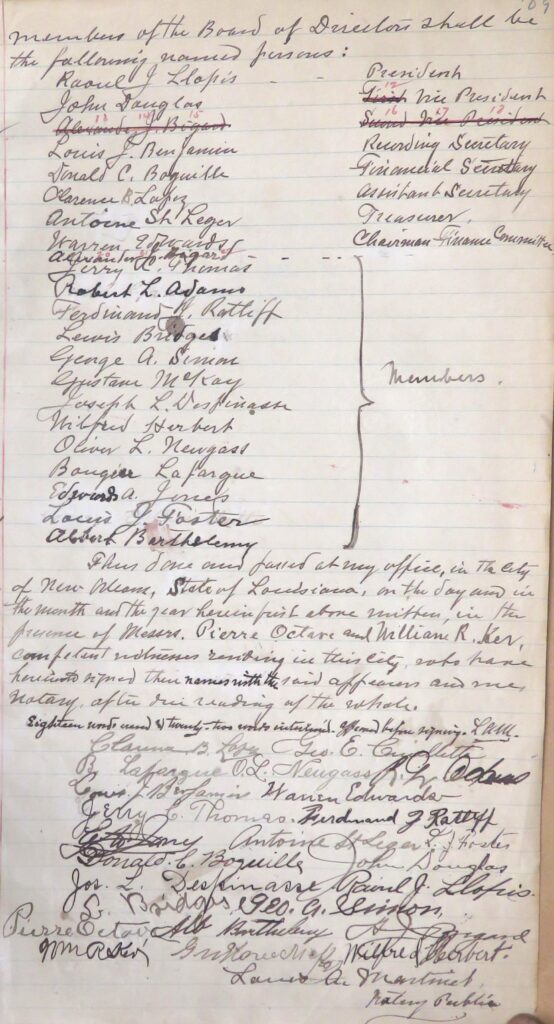


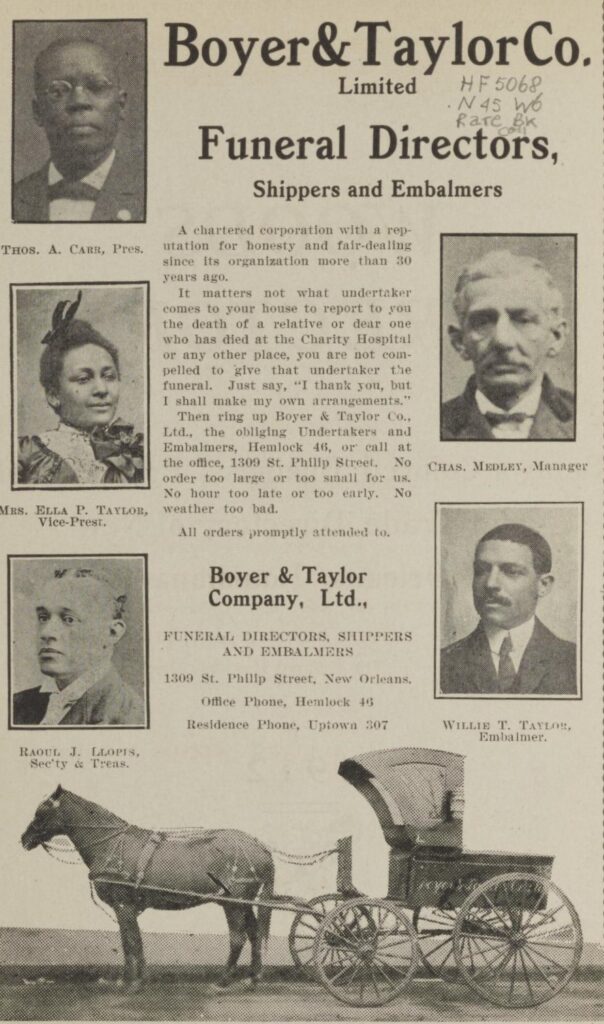
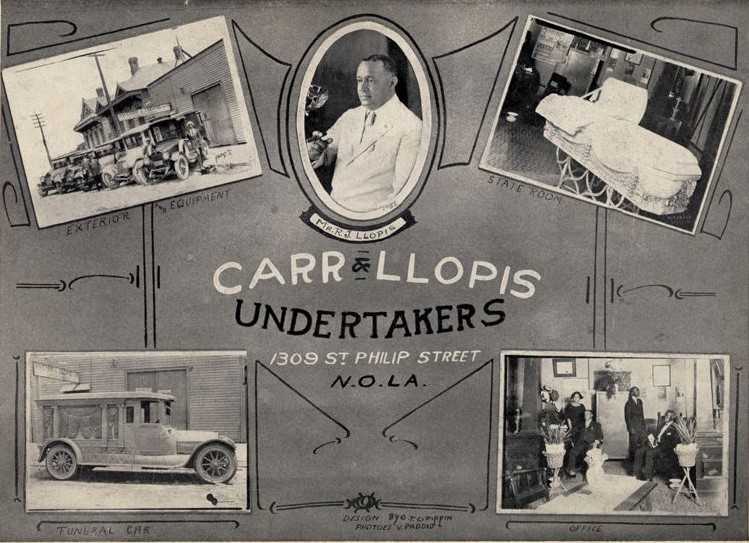
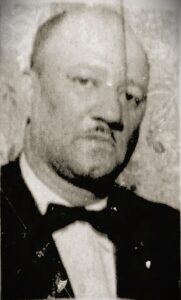



Wonderful post.
Thank you, Jari!
Thank you, Jari, for preserving -and teaching to us, the history of our ancestors.
– Great Grand Daughter of Raoul Llopis
Hello Ms. Perez, My name is Charlotte Bocage. You state that Raoul Llopis is your great-grandfather. Do you know his father and his grandfather? My aunt may be related to Raoul Llopis and I am the family genealogist. My email is rubymoon01@yahoo.com
Raoul’s father was Joseph Llopis. Raoul’s mother Marie-Adèle may have used a few different surnames. His paternal grandfather was Francisco Llopis. Francisco’s father, also named Francisco, was from Vila-Nova de Sitchas, Catalonia, Spain, and his mother, Sophie Gareta, was from Africa.
My father was Alvin Joseph Llopis. My grandfather was Charles Fransico Llopis, and he was married to Velma Mayer Llopis.
Thank you so much.
I was just a day or two ago looking at the Family Search site, and was wondering if Francisco Llopeis
(Francis) was born in Spain. I will be visiting Spain in early 2024, and feel I will be walking in the steps of my ancestors.
I am in Sitges, Spain right now. The train ride from Barcelona to Sitges is a short distance and costs about 4 euros. I read this today on a Sitges blog: “The town managed to continue growing thanks to the 1778 Free Trade Act with America which allowed the citizens to emigrate to the new continent and set up import and export businesses.”
It was probably about the time our original ancestor came to Louisiana, although the blog says the majority of them went to either Cuba or Puerto Rico. We know, of course, that many who went to Cuba eventually went on to Louisiana.
Thank you for this historic history of my Great Grandfather..Raoul Llopis…. My grandfather’s name is George Joseph Llopis Sr….. and my Daddy name was George Joseph Llopis jr. my daddy married Shirley Shelby Llopis they had 12 kids …I’m the 10 child of 12 kids
I’d like to thank Creole Gen for continuing to educate this generation and possibly the next generation of the history of all the great African Americans that founded many businesses here in New Orleans and the surrounding parishes with the legacy they created.
I always find it so interesting that we, from our 21st century perspective, so often refer to our ancestors as “African-Americans”. Frankly, I think they would be offended to be referred to as either African or American.
Thank you Jari for everything.
Thank you, Jari. In the research of my family I have not come across the Lions Club and was very surprised to see my great grandfather, Baugier Lafargue listed as a member of the board of directors.
Keep up the good work.
I’m glad you found a relative! He was a charter member, but not a member of the board. It’s written tightly, but the notary drew a line after the last officer to show where the board ended.
Thank you for another great article. At least 2 of the names mentioned are in my family tree :Llopis was one.
Question, did the Lions Club ever go by the name 7th Ward Lions Club?
Thank you for telling me more about my family. I am a great-grandchild of Raoul Llopis; George J. Llopis was my grandfather and Louise Llopis Mathieu, still alive at 100 years of age, is my mother. I remember visiting my grandfather on numerous occasions, when I was a child, at Blandin’s Funeral home, where he was the manager and eventual director.
Michael, this is Brian Llopis. My father is George Llopis. We played together when we were young. l would like to hear from you. Just email me at bml1705@yahool.com
Hi Brian,
I tried to send you a lengthy email but it wouldn’t go through. Please send me your email again and I will resend.
Thanks
Michael
So glad to hear from another great-grandchild of Raoul Llopis. I’m the grand-daughter of Leona Llopis Perez. My family moved to Los Angeles when I was a child, so I did not know much of the Llopis family. We did visit New Orleans regularly, though, and I remember visiting my father’s Aunt Alyce. I loved seeing her collection of dolls with the china faces.
Great article! The “house” at 1620 is going to be a rental/hotel property. The owner is attempting to buy the other open lots on Claiborne to expand his property holdings and this mega rental site. He owns several properties in the neighborhood already.
I’m Raoul’s great-great-grandson. His daughter Alyce was my grandfather’s (Maurice Justin) mother. My Uncle Teddy, Maurice’s brother, is mentioned in the article. My mother (Elaine Justin) was raised by Geneva in the house at 1620 Dumaine until 1955 when she moved to Chicago.
Thank you, I see 3 family names, Boguille, Carr and Cuiellette… must research.
Thanks for the beautiful article and history lesson of my family. I’m the grandson and son of George J. Llopis Jr.